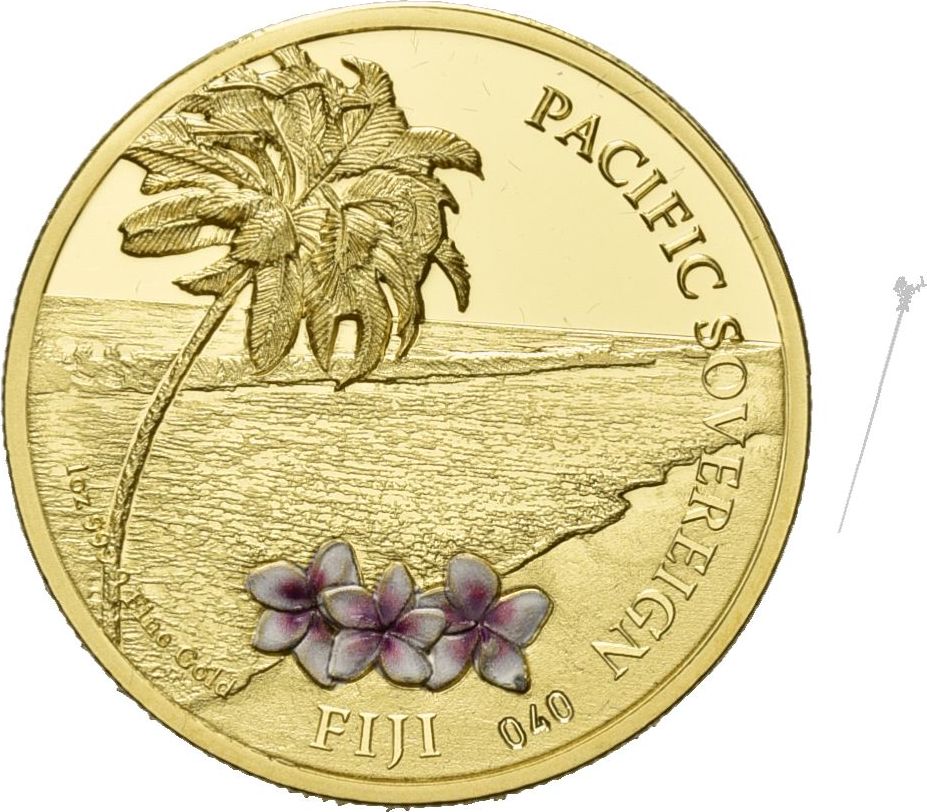

- #2012 MAC MINI FOR 200 DOLLARS UPGRADE#
- #2012 MAC MINI FOR 200 DOLLARS PRO#
- #2012 MAC MINI FOR 200 DOLLARS CRACK#
However, when we doubled our test image size from 500MB to 1GB, the total real memory used by Photoshop grew to 12GB. But it wasn't a factor in our tests because, using Activity Monitor, we observed the total memory used never exceeded 8G of real memory - no scratch disk hits. Our 21.5-inch iMac 2.9GHz Core i5 test unit had only 8GB of RAM while the other two test Macs had 16GB.
#2012 MAC MINI FOR 200 DOLLARS UPGRADE#
If you are brave enough for the second option, OWC has a upgrade kit and 'how-to' video for you.
#2012 MAC MINI FOR 200 DOLLARS CRACK#
You should either order it with the 16G option or be prepared to crack open the case to upgrade the memory. If you are ordering the 21.5-inch iMac, remember that there are no user-accessible slots. Why? Because for $200, we can get a 32G kit from a third party instead of paying $200 for the Apple factory 16G option or $600 for the factory 32G option. We ordered our custom 27-inch iMac Core i7 with the standard 8G of SDRAM. Don't scrimp on memory - and don't over spend. But if you order 'late 2012' iMac with a Quad-Core i7 processor and a "real" GPU like the GeForce GTX 675MX or 680MX, your performance will be equal to or faster than the Mac mini for all Photoshop CS6 functions.Ģ. If you are choosing between a new Mac mini Core i7 and iMac Core i5 for your Photoshop "engine," our performance tests produce a mixed message. It will be encouraging to some consumers to see this was a close "race," no matter which "horse" you bet on.ġ. The diglloydSpeed1 action file has a mixture of typical functions and filters used by a Photographer in an editing session. This new version of the graph has all three Macs set to 6G. Turned out that the iMac memory usage in Photoshop Performance Preferences was set to 5G while the other two Macs were set to 10G. In the earlier posting, the iMac was taking 50% longer which we blamed on the lack of Hyper-Threading - which should not have been the case since Photoshop only uses a maximum of 4 cores for the actions we used (a fact pointed out by Lloyd Chambers). We put together an action file with functions like Smart Sharpen, Gaussian Blur, Rotate, Unsharp Mask - all of which use multiple cores. The iMac test unit with Core i5 CPU does NOT. The Mac mini beats the iMac on this one because it has Hyper-Threading. The Remove Noise function is CPU intensive.

The third GPU intensive filter we tried was Iris Blur. The iMac blew away both the Mac mini and MacBook Pro. ( LOWER number in Seconds is FASTER)įor Liquify, we choose a 600 pixel brush and made 8 swipes across the image.
#2012 MAC MINI FOR 200 DOLLARS PRO#
The iMac matches the time of the MacBook Pro but the Mac mini takes longer - weaker GPU is the culprit. Using a 15 degree tilt and 100 pixel blur, this is how each Mac performed. One filter we haven't featured before is Tilt/Shift. RMBP 2.7 = 'mid 2012' (15") MacBook Pro 2.7GHz Quad-Core i7 with GeForce GT 650M GPU, 512GB factory flash drive, and 16GB of RAMĪdobe Photoshop CS6 now supports OpenCL acceleration for certain functions. Mini 2.6 = 'late 2012' Mac mini 2.6GHz Quad-Core i7 with Intel HD 4000 GPU, 1TB Fusion Drive, and 16GB of RAM IMac 2.9 = 'late 2012' (21.5") iMac 2.9GHz Quad-Core i5 with GeForce GT 650M GPU, 1TB HDD, and 8GB of RAM For this test session we chose various Photoshop CS6 functions which reveal not only importance of a strong CPU with Hyper-Threading, but a strong discrete GPU. And, as usual, we are comparing it to other models of Mac like the Mac mini and MacBook Pro.

While we are waiting for our special order 27 inch 'late 2012' iMac to arrive, we are collecting some performance data on the 21.5 inch model typical of what you find in the Apple Retail Store.


 0 kommentar(er)
0 kommentar(er)
